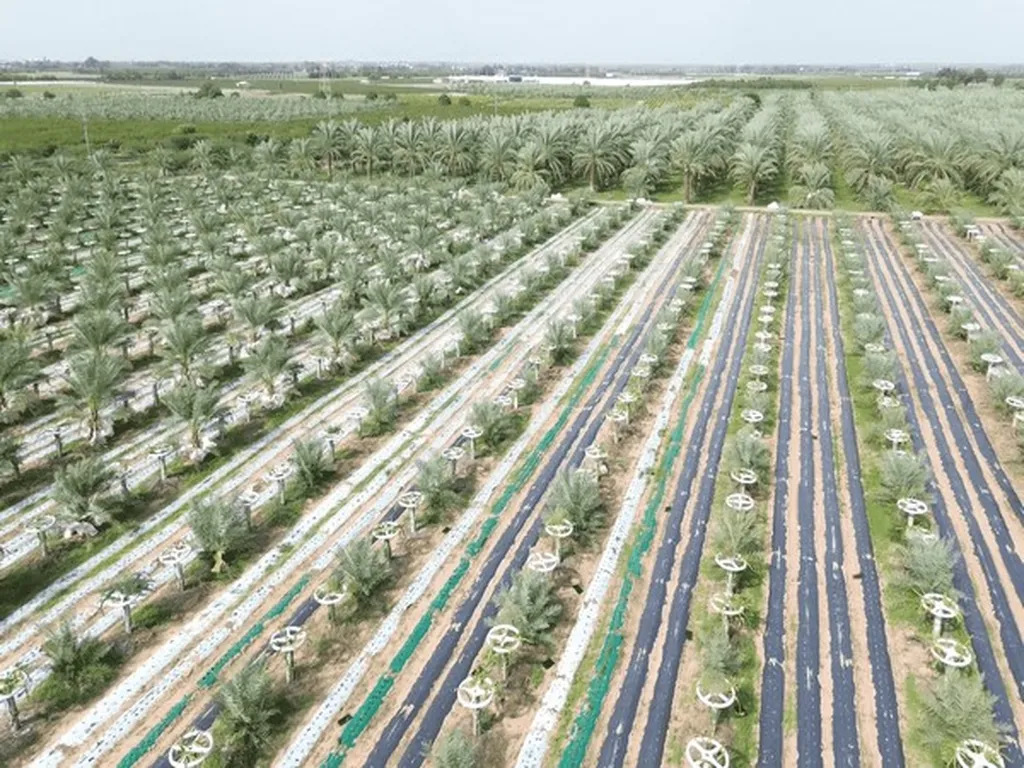In the vast, sun-drenched fields of Gujarat’s Bhal and coastal regions, a silent revolution is underway, one that could reshape the way crops are cultivated and yields are maximized. A recent study published in the *International Journal of Bio-Resource and Stress Management* has shed light on the variability in field experiments of crops in these regions, offering a yardstick for precision that could have significant commercial impacts for the agriculture sector.
The study, led by G. N. Motaka from the Department of Agricultural Statistics at Anand Agricultural University, analyzed data from 1,117 field experiments conducted between 1989 and 2015. The focus was on understanding the coefficient of variation (CV %) in crop yields, a critical metric that indicates the precision of experimental results.
“Most of the experiments carried out in plant breeding had greater than 18% CV, followed by agronomy experiments,” Motaka explained. This variability, he noted, is influenced by several factors, including plot size, shape, and the number of replications. The study found that plot sizes between 3 to 9 square meters seem to be optimal for achieving lower CV %, thereby enhancing the reliability of experimental results.
The research also highlighted that experiments with 2 to 4 replications showed less variability compared to those with 5 replications. This finding is crucial for farmers and researchers alike, as it provides a guideline for designing experiments that yield more consistent and reliable data.
One of the most significant outcomes of the study is the establishment of an upper fiducial limit of CV % at 95% confidence based on non-central ‘t’ distribution. This yardstick, set at 18%, serves as a benchmark for accepting the results of experiments in these regions. “This yardstick can help in standardizing the experimental procedures, ensuring that the data collected is both precise and reliable,” Motaka added.
The commercial implications of this research are profound. By understanding and minimizing variability in field experiments, farmers and agronomists can make more informed decisions about crop management, leading to increased yields and improved profitability. This is particularly important in regions like Bhal and the coastal zones of Gujarat, where agricultural productivity can be significantly impacted by environmental factors.
Looking ahead, this research could pave the way for more precise and efficient agricultural practices. As Motaka and his team continue to refine their methods, the potential for enhancing crop yields and optimizing resource use becomes ever more promising. For the agriculture sector, this means not just higher productivity but also greater sustainability and resilience in the face of changing climatic conditions.
In the words of Motaka, “This study is just the beginning. The insights gained here can be applied to other regions and crops, potentially revolutionizing the way we approach agricultural research and practice.” As the world grapples with the challenges of feeding a growing population, such advancements are not just welcome but essential.

